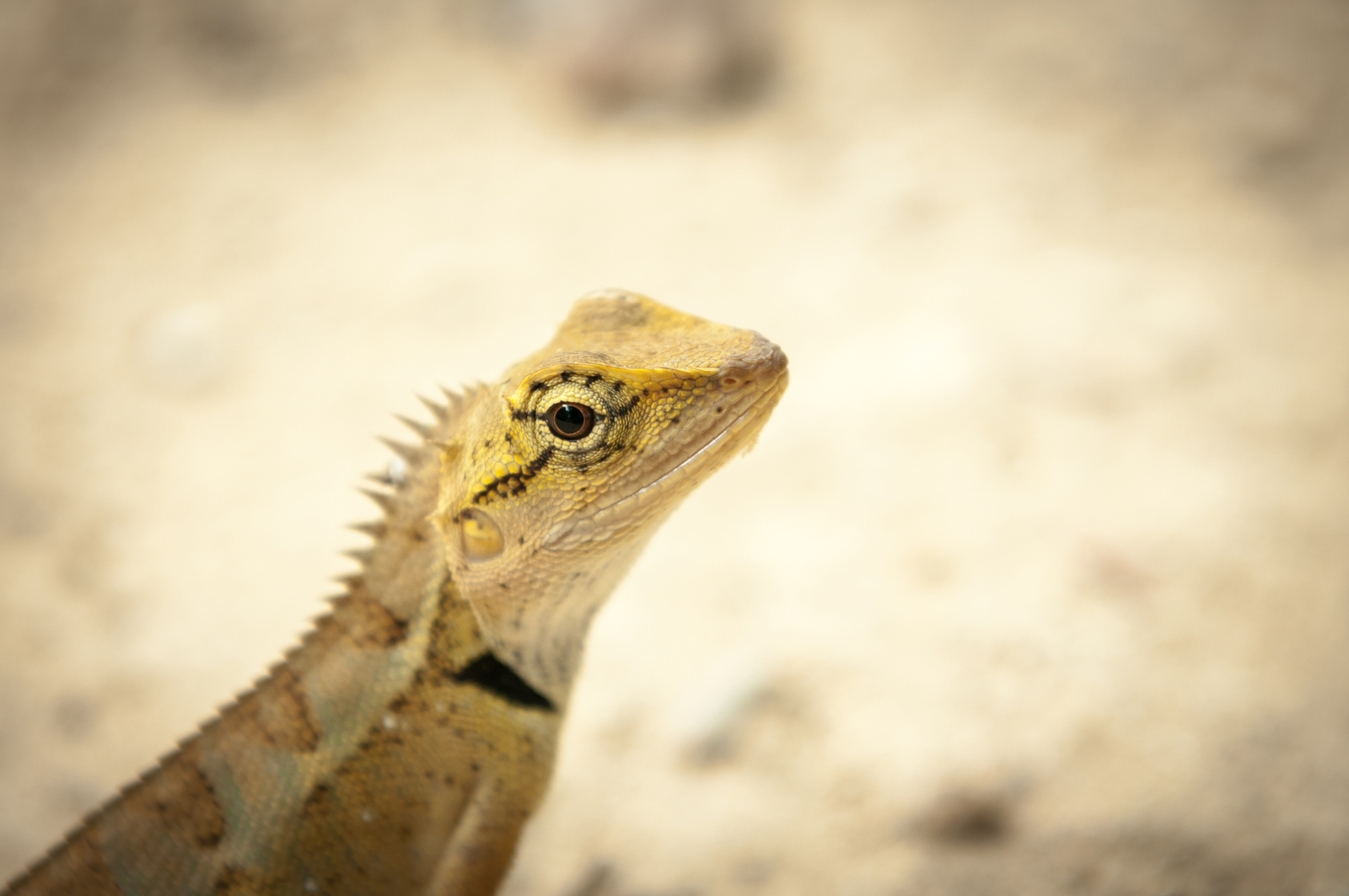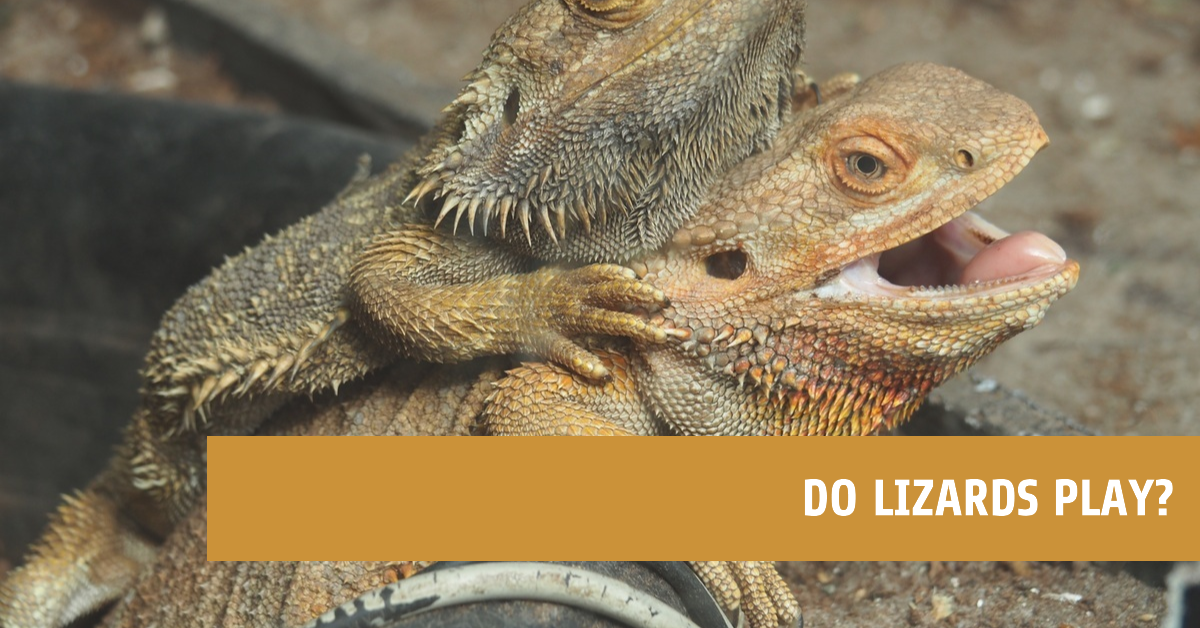Lizards are fascinating reptiles that come in all shapes, sizes, and colors. But one thing many lizard species have in common is the ability to keep themselves clean without the need for frequent bathing. Read on to learn all about how different types of lizards stay clean and healthy in their habitats.
As reptiles, lizards have specially adapted skin that enables self-cleaning properties. Their scales and skin routinely shed off dirt, debris, and dead skin cells – allowing lizards to stay clean with minimal effort. Their innate cleaning abilities allow many lizards to thrive in deserts, forests, jungles and a variety of environments.
In this article, we’ll cover everything you need to know about how lizards clean themselves and stay spotless in the wild. We’ll look at:
- How a lizard’s skin stays clean and sheds dirt
- Cleaning behaviors exhibited by different lizard species
- Whether pet lizards need assistance with cleaning
- Proper bathing techniques for pet lizards
- Ensuring your lizard’s habitat stays clean
Understanding how reptiles clean themselves provides fascinating insights into lizard behavior, adaptation and survival. Read on to learn all about the self-cleaning secrets of lizards!
How Does a Lizard’s Skin Stay So Clean?
A lizard’s scaly skin plays a big role in keeping it clean and healthy in the wild. The scales prevent most dust, dirt and debris from sticking to their bodies. Additionally, the outer layer of skin is constantly flaking off – taking trapped particles along with it.
This allows lizards like geckos to scamper across dusty desert sands and rough terrain without getting covered in grime. Their skin also produces natural oils that prevent moisture loss while keeping it supple and quick to shed.
The constant shedding helps ensure the skin stays clean and free of dead skin cell buildup. Depending on the species, lizards shed their skin every few weeks or months. Younger, growing lizards tend to shed more frequently.
Shedding is crucial for removing dirt, parasites, and allowing new scales to emerge. The process begins with the skin becoming duller looking and loosening. Then, lizards will rub against rocks and branches to help discard the old skin in patches. They typically eat the shed skin as it comes off.
So in summary, regular shedding combined with the slick, scalely texture allows lizards to stay clean with little effort. Next, let’s look at some interesting cleaning behaviors seen in different types of lizards.
What Cleaning Behaviors Do Different Lizards Exhibit?
While lizard skin alone keeps them quite clean, some species exhibit interesting hygienic behaviors as well. These actions help remove stubborn dirt and keep their scales in good condition.
Here are some of the ways lizards clean themselves in the wild:
- Using their tongues – Many lizards routinely use their tongues to clean dirt from their eyes, heads, and bodies. The tongue collects dust and debris which is then swallowed.
- Sand bathing – Some desert lizards like bearded dragons immerse themselves in sand to remove grease and dead skin. The abrasive sand helps rub off clingy particles.
- Water absorption – Thigmothermic lizards absorb water through specialized skin patches to rehydrate. This also mildly cleans their bodies.
- Soaking – Aquatic lizards like marine iguanas soak in water, allowing dirt and skin to slough off.
- Preening – Lizards like chameleons use their claws and teeth to scrape and groom their bodies. This preening removes debris.
- Tail whipping – Some lizards will whip their tails rapidly, dislodging bits of dirt and skin in the process.
- Defecating away from resting areas – Many lizards make use of latrine areas away from their sleeping/basking spots to avoid contamination.
As you can see, lizards have some fascinating hygiene habits! Now let’s look at whether pet lizards need any cleaning assistance from owners.
Do Pet Lizards Need Help Keeping Clean?
In most cases, pet lizards are fully capable of keeping themselves clean with minimal assistance. Their unique skin maintains its cleanliness just like their wild counterparts. However, there are a few hygiene measures lizard owners should be aware of.
While lizards don’t need frequent bathing, providing a shallow water dish allows them to soak if desired. The water should be dechlorinated and changed regularly as lizards often defecate in their water dishes.
Their enclosures also need regular spot cleaning to remove feces, shed skin and urates. A monthly deep clean is also wise to sanitize the habitat and decor thoroughly.
Occasionally a lizard may have excessive stuck shed skin, in which case an owner can provide a lukewarm soak in dechlorinated water. Use a soft brush or cotton ball to gently remove stubborn skin pieces after soaking.
Check your lizard frequently for signs of stuck shed, irritated skin, lesions or parasites. See an exotic vet if you have any concerns about your pet’s skin health.
With good husbandry, most pet lizards are adept at keeping themselves cleanly groomed. But proper bathing is still useful on occasion.
How Should You Bathe Your Pet Lizard?
While frequent bathing usually isn’t necessary, lizards can benefit from an occasional soak to fully clean their skin. Here are some tips on safely bathing your pet lizard:
- Use a shallow tub or sink with just enough lukewarm water to reach the lizard’s shoulders. The water should not be hot or cold.
- Gently place the lizard into the water and monitor closely. Never leave a lizard unattended in water.
- Allow the lizard to soak for 10-15 minutes. This allows water absorption and gentle sloughing of skin.
- Use a soft toothbrush or cotton swab to gently remove any remaining stuck shed skin. Avoid scrubbing forcefully.
- After bathing, return the lizard to its dry enclosure to avoid chills. Provide a basking area to finish drying off.
- Discard and replace the bathing water between each use to avoid contamination.
- Only bathe a lizard when necessary, like when it has excessive stuck shed. Over-bathing can dry out their skin.
Talk to an exotic vet if you have any concerns about safe bathing procedures. With proper technique, an occasional soak can benefit your lizard’s hygiene.
Keeping a Lizard’s Habitat Clean
While lizards keep their own bodies clean, owners need to help maintain a sanitary habitat environment. Here are some tips:
- Spot clean waste and urates daily. Disinfect water and food dishes regularly.
- Remove shed skin, discarded food, and other debris promptly.
- Replace substrate frequently to avoid odor buildup.
- Wash decor items and disinfect the enclosure monthly.
- Avoid using cleaners, soaps or detergents inside the habitat – plain water is best.
- Quarantine new lizards before introducing them to other pets’ enclosures.
- Disinfect your hands before and after handling lizards to prevent disease spread.
With conscientious habits, you can easily maintain proper cleanliness levels in your pet lizard’s home.
Key Takeaways on Lizards’ Self-Cleaning Abilities
- Most lizards stay clean through innate shedding of their skin which removes dirt, debris and parasites.
- Behaviors like sand bathing, soaking, preening and tongue use help some lizards target tough grime.
- While pet lizards don’t need frequent bathing, providing clean water and occasional soaks is beneficial.
- Monitor for stuck shed skin and skin conditions requiring veterinary care.
- Regularly cleaning a lizard’s habitat is crucial, even though their bodies are self-cleaning.
Understanding how reptiles’ unique skin allows self-cleaning provides fascinating insight into lizard biology. With proper husbandry, these low-maintenance critters can stay happy and healthy with minimal hygiene assistance required.
Advice From an Expert
Talk to a doctor who specializes in reptiles if you don’t know how often your lizard needs to clean itself. They can give you expert help on how to clean and care for your lizard in the best way.
How do lizards clean themselves? : Frequently Asked Questions
What do lizards do to get clean?
Lizards have some amazing tricks up their sleeves when it comes to self-cleaning. Let’s look at 7 different ways that lizards clean themselves.
Why is it important for lizards to clean themselves?
Self-cleaning is important for lizards because it helps them stay clean and avoid getting sick. Lizards can have germs and parasites on their skin, which could hurt them if they aren’t taken care of.
How do different kinds of lizards clean themselves?
No, not all lizards have the same way of cleaning themselves. Different kinds of lizards have their own ways to stay clean. Some lizards use their mouths to clean themselves, while others lie in the sun to get rid of parasites.
Why is it good for lizards to clean themselves?
Self-cleaning is a good thing for lizards in many ways. It helps get rid of dirt, debris, and bugs on their skin, which can be good for their health as a whole. Self-cleaning also helps keep their skin’s insulating qualities in good shape, which is important for keeping their body temperature stable.
How often do lizards have to clean up?
How often lizards clean themselves depends on the type of lizard and where it lives. Some lizards have to clean themselves every day, but others only have to do it once a week. It is important to watch how your pet lizard acts to figure out how often it needs to clean itself.
If lizards don’t clean themselves, what will happen?
Lizards can get skin infections and other health problems if they don’t clean themselves often enough. Bacteria and parasites that have lived on their skin for a long time can cause these diseases. In the worst cases, these diseases can kill you.
Can lizards clean themselves if they are kept in a cage?
Lizards in cages can clean themselves, yes. But it’s important to give them a place that looks and feels like their natural home so they can clean themselves well. Also, it is very important to keep their cage clean and free of trash.
Do lizards clean themselves with water?
Some lizards do clean themselves with water. For example, chameleons often drink water and then use it to clean their eyes and skin.
Can lizards use their mouths to clean up?
Some lizards do clean themselves with their mouths. Geckos, for example, have mouths that are covered with tiny bristles. They use these bristles to clean dirt and other things off of their skin.
Should lizards get a bath?
Lizards do not require bathing. In fact, for some kinds of lizards, bathing can be upsetting and cause health problems. Instead, give your lizard a clean place to live and let it clean itself on its own.
If lizards have bugs, can they clean themselves?
Yes, lizards that have parasites can clean themselves. But you must remove any extra bugs by hand and keep your lizard’s environment clean to keep it from getting sick again.
Overall, lizards have some pretty cool ways to clean themselves. To make sure your pet lizard can clean itself well, you need to pay attention to how it acts and give it a clean place to live. Your pet lizard can live a long and healthy life if you take good care of it.



